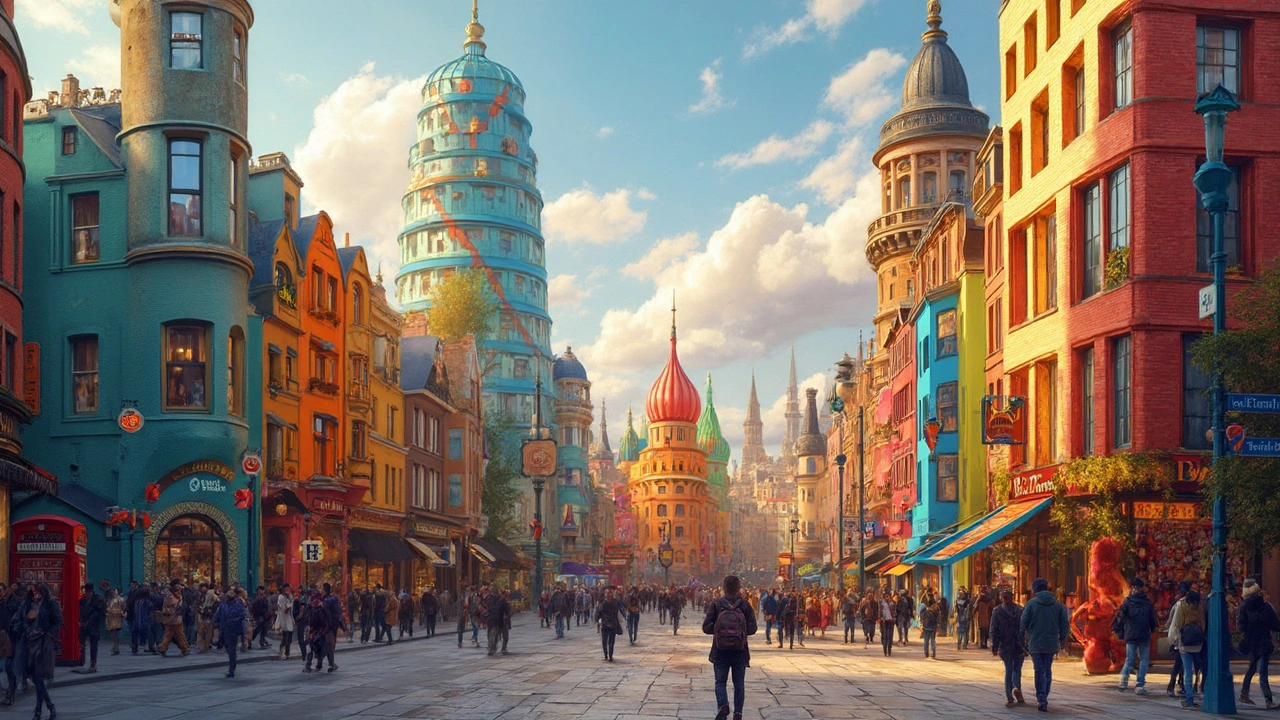Postmodern architecture threw out the rulebook, swapping straight lines and strict forms for playful shapes and unexpected details. This article explores what makes postmodern design so different, highlights famous buildings, and shows how these bold ideas changed cities around the world. You'll get practical tips for recognizing postmodern features and find out how this style still influences today's buildings. Whether you're a design lover or just curious, this guide breaks down the postmodern movement in plain English. Get ready for a tour that might change how you see your city.
Famous postmodern buildings: icons, quirks, and where to find them
Postmodern architecture broke the rules on purpose. After decades of glass boxes and strict minimalism, architects began reusing history, color, and humor in buildings. Some projects look like architecture with a wink. Others try to make cities feel human again. If you love bold shapes or odd details, this guide points you to the best-known examples and shows you how to spot them on a walk.
Top famous postmodern buildings you should know
AT&T Building (550 Madison Avenue), New York — Philip Johnson gave a skyscraper a broken pediment like a giant Chippendale chest. It was shocking in 1984. Today it’s a clear sign that postmodernism can be playful and powerful.
Portland Building, Portland — Michael Graves wrapped a concrete office block in color, pattern, and oversized ornament. It’s small-scale, civic-minded, and easy to love or argue about. You’ll notice the flat, decorative shapes on the facade right away.
Piazza d'Italia, New Orleans — Charles Moore crafted a public square that borrows from Roman ruins and neon-era kitsch. It’s both a party space and a classroom on how history can be rearranged with a grin.
Vanna Venturi House, Philadelphia — Robert Venturi’s family home looks like a simple child’s drawing of a house until you notice the deliberate contradictions. It’s often called the start of postmodern thinking in residential architecture.
Neue Staatsgalerie, Stuttgart — James Stirling mixed classical columns and bright colors with raw modern materials. The result feels theatrical and precise at the same time.
Sainsbury Wing, London — Venturi, Scott Brown & Associates added a new wing to the National Gallery that speaks to old and new at once, using scale and detail to join historic buildings rather than erase them.
How to spot postmodern architecture on the street
Look for deliberate references to the past — columns, cornices, or pediments used in new ways. Notice color and ornament: postmodern buildings often add bright or unexpected details where modernism avoided them. Check the roofline. A triangular, stepped, or playful top often hints at postmodern intent. Watch for mixed materials and layers: stone beside metal, classical shapes next to bold graphics.
Ask a few quick questions while you walk: does this building quote history? Is there irony or humor here? Does it try to feel more human than a glass box? If the answer is yes, you’re likely looking at postmodern work.
Where to travel: New York, Portland, London, Stuttgart, and New Orleans are easy picks for a quick postmodern tour. For photos, shoot in soft morning or evening light to keep colors true. If you want context, read plaque texts or short architect bios — many postmodern moves respond to local history and politics.
Want more examples or a self-guided walking route? Search our site tag "famous postmodern buildings" to find articles, photos, and local tips that help you see the style with fresh eyes.

